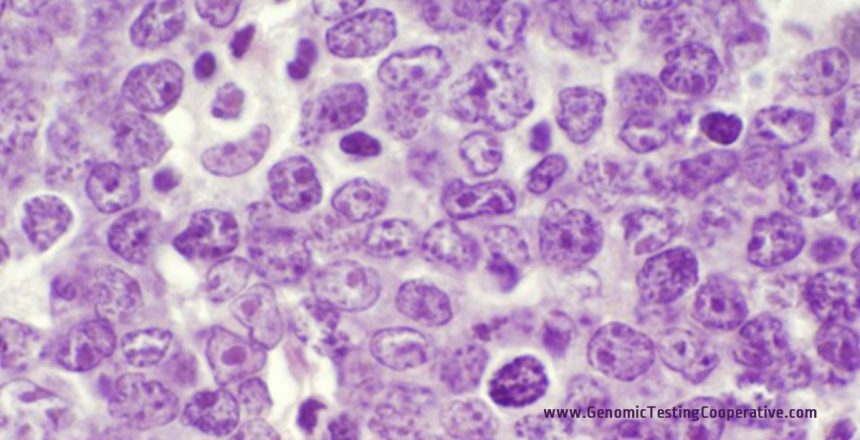Order GTC Hematology Expression/Fusion Profile
The GTC Hematology Expression/Fusion test provides actionable information for:
1) Determining Fusion and classification (Ph-Positive or Ph-Like)
Acute lymphoblastic leukemia (ALL) is a heterogeneous disease with genomic alterations dominated by structural chromosomal abnormalities, particularly translocations. Most of the reported chromosomal translocations in ALL lead to the expression of fusion RNAs and proteins that frequently upregulate expression of oncoproteins or the expression of more potent oncoprotein. Philadelphia chromosome-positive (Ph1) ALL is one of the subtypes of ALL that is characterized by t(9;22)(q34;q11) and produces constitutively active BCR-ABL1 fusion oncoprotein. Ph-positive ALL is common in adults and detected in almost 25% of patients but rare in pediatric ALL, only detected in 3% to 5% of patients. Ph-positive ALL is associated with significantly more aggressive disease with poor outcome. However, with the advent of tyrosine kinase inhibitor (TKI), significant improvement in outcomes can be achieved.
More recent studies demonstrated that some patients with ALL may not have PH-positive ALL but have a disease just as aggressive called Philadelphia chromosome (Ph)-like ALL. This new subtype is now recognized by the WHO 2016 classification and should be distinguished from other types of ALL and Ph-positive ALL because of its implication on therapy and prognosis. Ph-like ALL has been reported in 24% of adult ALL and in 15% of pediatric ALL.
CRLF2 overexpression, resulting from rearrangement, is the most common abnormality in Ph-like ALL. Abnormalities involving ABL-class genes (ABL1, ABL2, PDGFRB, and CSF1R), JAK2 and EPOR are the second most prevalent abnormalities after CRLF2 overexpression. The table below list the abnormalities in Ph-like ALL and the potential targeted therapy. Testing acute lymphoblastic leukemia and precise classification as Ph-like is very important not only for prognosis but also for considering the various kinase inhibitors in the therapy.
2) Detecting mutation: Mutations in various related genes will also be reported including: JAK2, JAK1, NRAS, KRAS, ABL1, IKZF1, Pax5, TP53, ATM, BRAF, and others.
3) Determining Expression levels of B-cell markers: The assay will provide information on the levels of expression of the following genes:
| ABL1 | CD36 | CD79B |
| BCR | CD44 | CD8A |
| CD19 | CD58 | CRLF2 |
| CD22 | CD70 | MYC |
| CD274 | CD74 | PAX5 |
| CD28 | CD79A |
Fusions mRNA that can be detected in Ph-like ALL and potential therapy (check PDF for details)
Specimen Requirements:
-Fresh Bone marrow or peripheral blood if it contains an adequate number of circulating blasts (>15%).
-FFPE: 1 H&E slide and 8-10 unstained slides, 5-7 microns of tissue fixed with 10% NBF fixative..
Shipping:
Ship using a cold pack. Ship with overnight delivery.
Turn Around Time:
7 days
Download the PDF about Acute Lymphoblastic Leukemia


